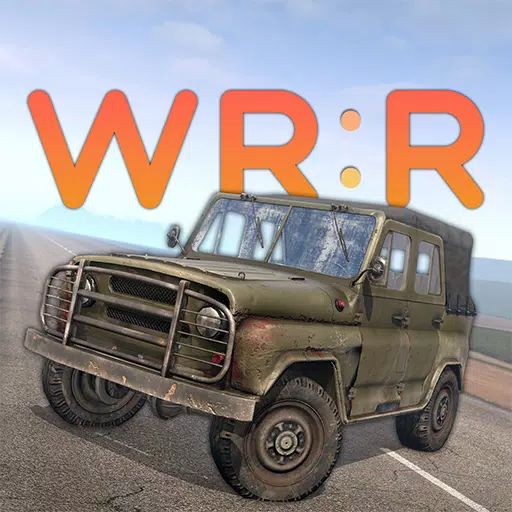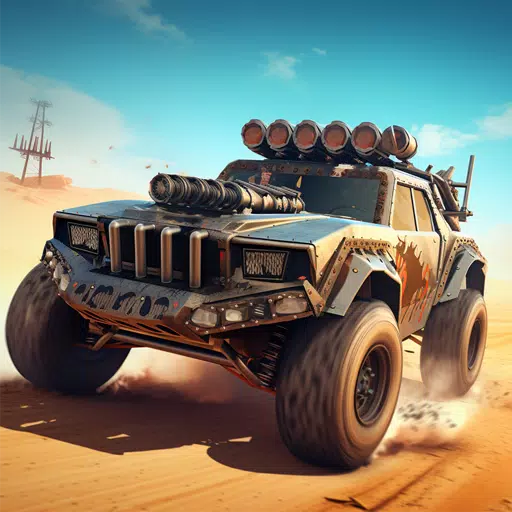Long before Bethesda took over the series, and before Walton Goggins donned ghoul makeup for his captivating role in the TV adaptation, Fallout began as an isometric action RPG viewed from a top-down perspective. It’s this classic wasteland-exploration style that the upcoming Survive the Fall seems to draw inspiration from, at least based on the first few hours of gameplay I experienced. This grim post-apocalyptic survival story builds on the blueprint of the original Fallout—particularly with its in-depth camp-building system—and its squad-based combat and scavenging create a refreshing experience, though the somewhat static storytelling sometimes mutes its unique personality.
Unlike many other post-apocalyptic settings, Survive the Fall’s ruined world wasn’t the result of humanity's nuclear errors. Instead, it appears humanity faced a cataclysm reminiscent of what wiped out the dinosaurs—a comet colliding with Earth, erasing a large portion of the global population. The impact left a smoldering crater that emits a toxic mist called Stasis. Survivors either avoid this otherworldly plague at all costs or embrace it, absorbing its energy to mutate into stronger forms at the cost of their humanity. Throughout Survive the Fall, your growing band of scavengers must forge alliances with factions scattered across three biomes—from the Stasis-addicted Shroomers to the secretive cult known as the Sighted—to endure and prosper.
While completing missions from countless quest-givers in Survive the Fall, I quickly grew fond of its squad mechanics. As you guide your party of up to three survivors through the vast national park that serves as the game’s initial setting, you can manually scavenge abandoned chests for chemicals or chop trees for lumber—or simply assign these tasks to a companion, freeing your focus for other dangers. Delegating responsibilities feels more natural than micro-managing every action while AI companions idly wait, and it accelerates the looting process in each settlement you discover. The only drawback occurred when too many interactive elements clustered together, cluttering the screen with button prompts. Luckily, this was infrequent.
Combat is also team-oriented. I favored stealth when confronting marauders and mutants, especially since ammunition for rifles and shotguns seemed scarce early on. Each enemy camp infiltration felt like a cautious stalk through recent titles such as Commandos: Origins—hiding in tall grass, tossing stones as distractions, crouch-walking around enemy vision cones, and delivering silent takedowns before having a companion hide the body. Environmental hazards add strategic options, from exploding barrels to suspended cargo pallets that can be dropped on unsuspecting patrols with a precise shot.
Survive the Fall - Preview Screens
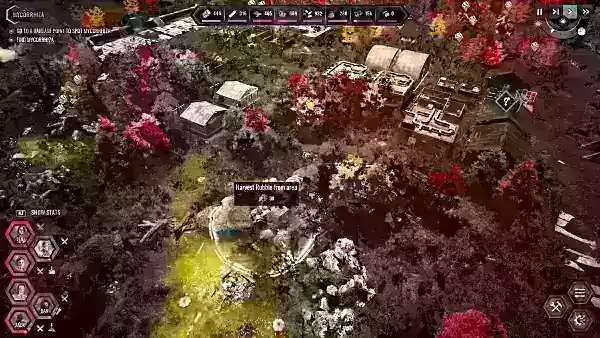
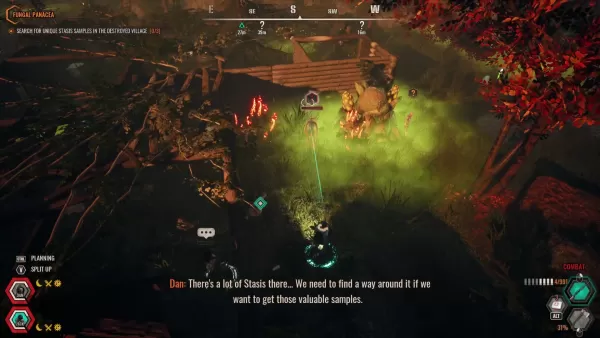
14 Images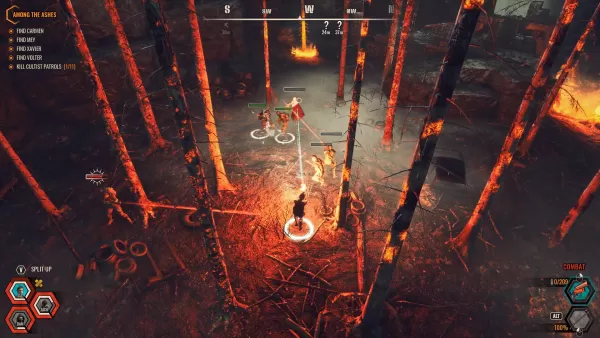

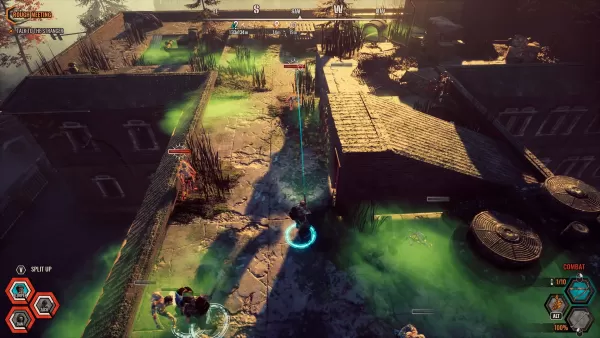

Methodically clearing out cultist encampments felt rewarding, though when stealth failed and combat broke out, controls became slightly awkward. While mouse and keyboard likely offer more precision, using a controller made targeting enemies with the laser sight cumbersome. Often, I resorted to melee attacks and dodging to whittle down health bars in close combat. Fortunately, I could pause the action to direct squadmates onto specific targets—similar to Wasteland or Mutant Year Zero—letting them handle tougher cult leaders while I dealt with flamethrower-wielding grunts.
After a day spent battling mutants and scavenging the hazardous wilds, Survive the Fall shifts into base-building and management back at camp. Documents recovered in the field can be researched for knowledge points, which unlock tech tree upgrades for crafting everything from bunk beds and kitchens to water filters and armories. Resources like timber are processed into planks, then used to build defenses like planters or protective gates against night raids. Foraged herbs and game meat can be cooked into meals and packed for your next expedition. The system appears deep, and I can easily imagine investing substantial time refining my settlement from derelict ruins to a safe, livable haven in the full game.
Beyond my camp, I discovered numerous intriguing locations. From a crashed airliner repurposed as an enemy fortress to farms overrun by Stasis-corrupted ghouls, Survive the Fall offered unique settings in every direction I explored. However, such detailed environments occasionally impacted performance—like the Mycorrhiza swamps, glowing with bioluminescent fungi but plagued by unstable framerates, more volatile than the toxins seeping from the ground. Occasional game-breaking bugs also interrupted play, trapping me in menus and requiring reloads. With about a month until launch, there’s still time for developer Angry Bulls Studio to optimize performance.
Survive the Fall consistently rewarded exploration with memorable locations wherever I traveled.
That remaining time probably won’t allow for hiring voice actors, which is a slight disappointment since interacting with squad members and NPCs via text alone feels somewhat impersonal. While a few characters brought humor—like Blooper, who calls the Stasis cloud “fart wind”—most conversations simply advanced fetch quests rather than leaving a lasting impression of the people I met.
Perhaps relationships will develop further over the full campaign, and we won’t have long to wait. Survive the Fall launches on PC in May, packed with post-apocalyptic potential. If the developer smooths out the control quirks and performance hiccups, this could be a survival-action RPG worth your bottle caps.





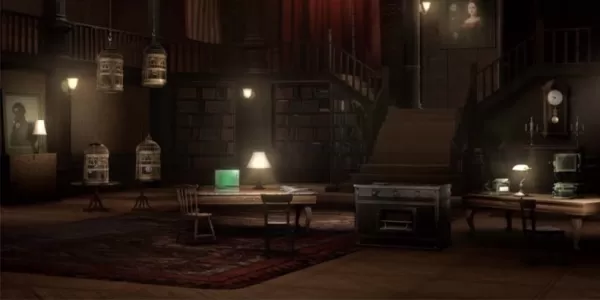
![Noobs Must Die: Full Item Tier Guide [Alpha]](https://images.yfzfw.com/uploads/15/68591831139cb.webp)








